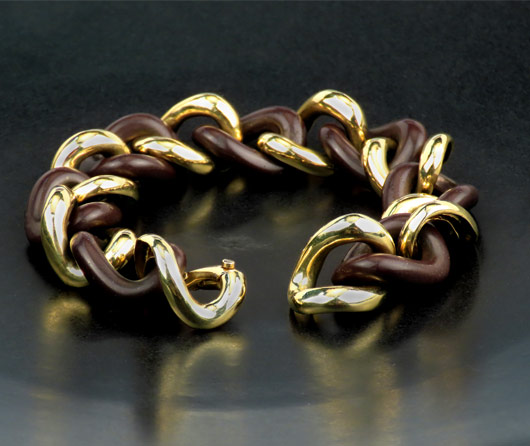Looking back thirty years, I can’t quite imagine how we ever managed four days on the island—pre-cellphone, pre-internet—and somehow it all worked. I don’t recall how we booked our stay at the Tucanuk Lodge on Matinicus Island, but I remember the flight out from Owl’s Head in a small, single-engine plane.
Matinicus is one of Maine’s most remote, year-round lobstering islands. The Matinicus “International Jetport” was little more than a long, sloping grass field ending at a rocky cove on the northwest shore. A hand-painted sign above a one-room building gave it that grand title.
We were met by the mail lady in a station wagon—there to deliver both letters and passengers. She knew where we were headed and took us along on her route, a half-tour of the island in the process. Forty-five minutes later, we arrived at the lodge.
Bill Hodley, the owner, explained our stay included breakfast, supper, and one lobster dinner.
Matinicus was small and quiet—one gravel road, a scattering of homes, and a harbor facing east. Our mission was simple: to hike the perimeter of the island and search for stone. We were hunting for color, texture—something new for a bracelet we were designing. Geologists, archaeologists, and jewelers all at once.
The first day took us down the east shore, revealing nothing remarkable or memorable, but at the southeastern end of the island, we found a broad sand beach. That’s where we found it: lavender rock. I’d never seen anything like it.
The second day, the west shore was more interesting—granite cliffs, basalt dikes, sculptural forms carved by sea and wind. It was what one might imagine as the classic Maine coast. We found and collected lavender stones.
The month was September. It was overcast throughout the trip. The skies were grey. Air temperature was in the high 50s to low 60s, with no wind. The third afternoon, near the north end, the sun broke through for the first and only time. We were on a cobblestone beach. The sea glittered like glass, the air still and silver. It was beautiful.
By the fourth morning, at low tide near the base of the airstrip, we found a massive lavender boulder—seventy pounds at least, too heavy to move. We marked it with lobster-trap rope fanned out like a spider web so we could find it again. It was beautiful and clearly stood out from the thousands of rocks in the intertidal zone.
We struck a deal with Bill. He’d haul the stone up to the terminal. In exchange, Bill had a typewriter that needed repair. Bill hated to leave the island, so we agreed to fly out his typewriter for repair, get it fixed, and return it to Matinicus—a fair island trade.
Later that day, before we flew back to the mainland, the pilot weighed our cargo and shook his head—too heavy for one trip. We left 200 pounds of lavender rock behind for a later flight.
Back in Portland, we were working on a new bracelet with new stones, to be called the Maine Island Bracelet, made with beach stones from Maine islands. The lavender rock from Matinicus seemed like it would be a perfect color to include in this new design. We cut and polished the stone. At first, disappointment: the color shifted from lavender to deep brown, but as we laid our new island stones out, we realized this dark brown stone played well with the other colors. It was a pure, dark chocolate. We proceeded with our island bracelet, which went on to be a best-seller for years.
Later, inspired by a 1960s design, we created a chunky bold bracelet alternating gleaming gold links with this Maine coast chocolate stone. We called it the Maine Coast Chocolate Temptation Bracelet.
It was the 1990s—we sold several, then took the last bracelet and tucked it away in our archives to make room in our showcase for new ideas.
Now, decades later, we’re offering it again. There is just one bracelet. The chocolate stone is as delicious as ever. The story still holds. Matinicus remains one of those rare places where the sea, the rock, and the imagination meet.
Archival Price: $7,250
Replacement* Value Today $14,000
*This is a one of a kind and cannot be replaced


